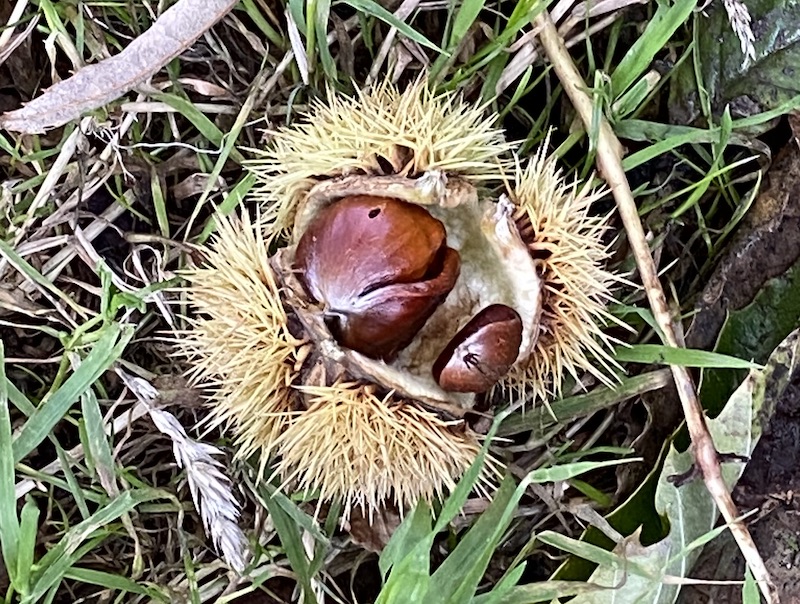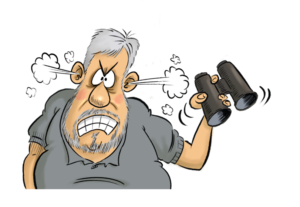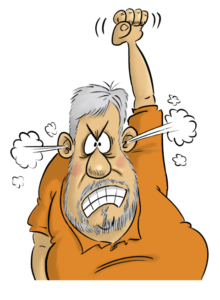Maggie most enjoys the hunting aspect of our nature outings; whether it’s finding new birds for the year, spotting dragonflies or finding fungi.
Walking to the wet woodland at Stodmarsh NNR did not produce fungi, or at least none close enough to photograph. In the sunshine at least two Cetti’s Warblers were singing and a number of odonata flew around the reedy pond.

Our latest outing (the woods and verges close to and including Stodmarsh NNR) was very productive but leaves a legacy of the nightmare of identifying what we have seen. I admit I love this research aspect of any of my pastimes. It is, after all, what I have had to do for all my books… chasing down accurate information and comparable images. I had no idea how much variety there was within each species. Just like with ornithology one needs to note different aspects of the species. For birds its leg colour, beak shape, eye stripes and tail colour etc; with fungi its whether the stalk has a frill, the colour and shape of gills and the smell. In both cases location and age can be crucial and of course colour. In a few birds there are ‘colour morphs’, that is the same species may have a very pale form or a very dark one. With fungi the variation can be even more varied and more profound.
All my identifications must be considered ‘preliminary’ as I have none of the confidence I feel with birds. Nevertheless, here are some of my latest findings.
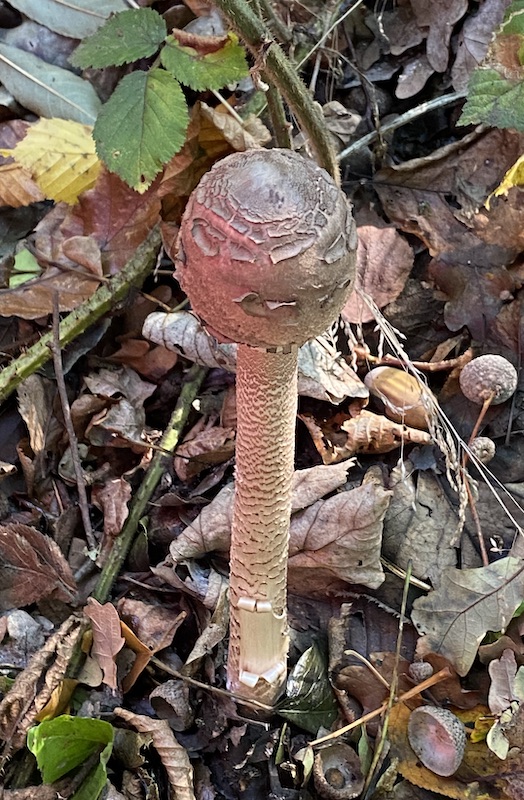
Parasol Macrolepiota procera
Identification here was made more difficult as this fungi puts up the full length of stalk (which can be as much as 30cm) before the cap opens out into a parasol shape. It has one of the largest individual fruiting bodies. It was growing on a grass verge amongst oaks as can be seen by the leaf-litter.

Along the path to the first hide at Stodmarsh NNR management work has cut back trees to open out the wood for more light. This is a relatively new tree stump quickly colonised by fungi.
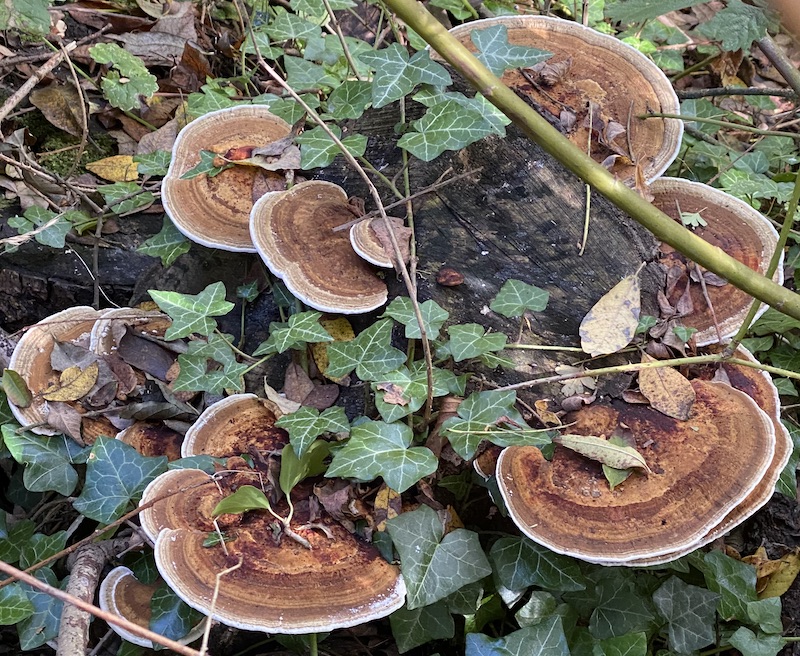
Giant Polypore Meripilus gigantius
One of the more colourful bracket fungi typified by its bands of colour.
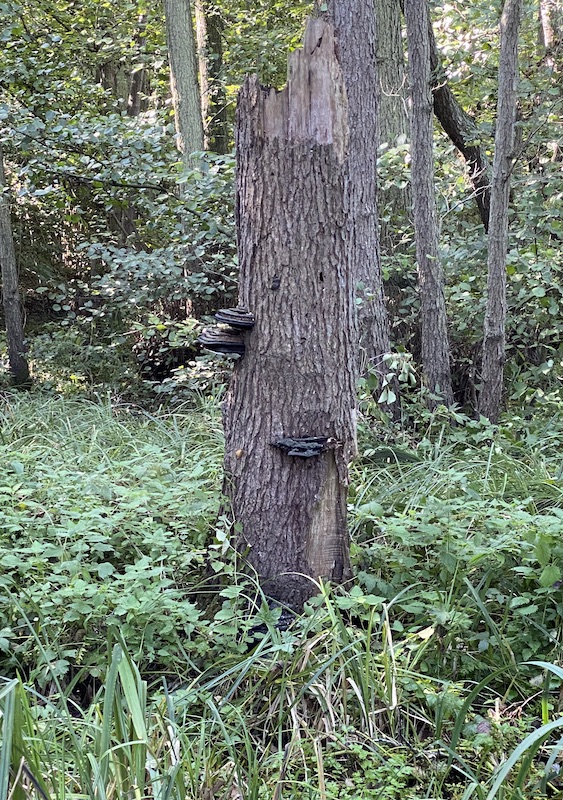
Hoof Fungus Fomes fomentarius
Maggie did well to get a picture having to brave a bog a mile from the reserve, any closer and she could have disappeared beneath the mud. Running through it was a tiny stream a few inches deep, but sticking out of the stream was a depth marker showing seven feet! Presumably there was six feet of sucking marsh below.
Many of the mature specimens of what is the UK’s most common bracket fungus, form a shape like a horses foot or half a cone, hence the name.
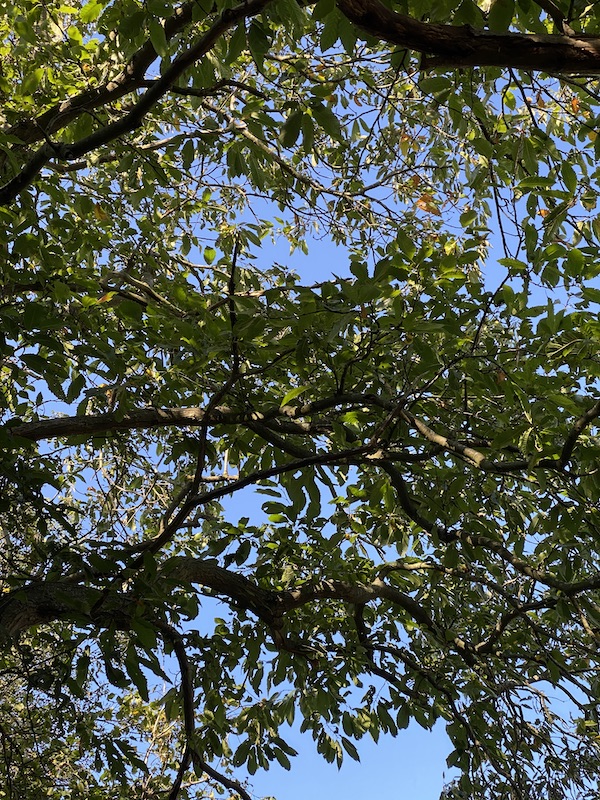
I sat beneath a ‘spreading chestnut tree’ taking photos of all the sweet chestnuts making for an interesting if prickly leaf-litter.
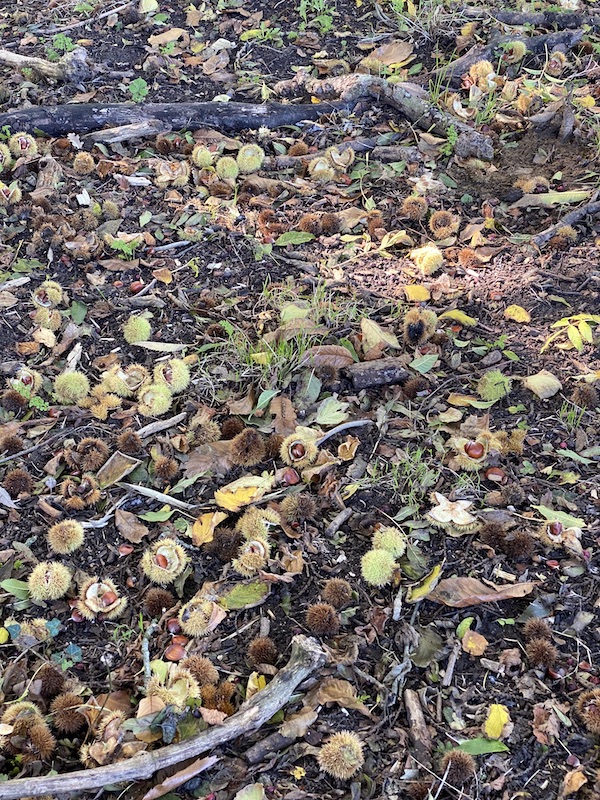
Guess I should have collected them for roasting.
